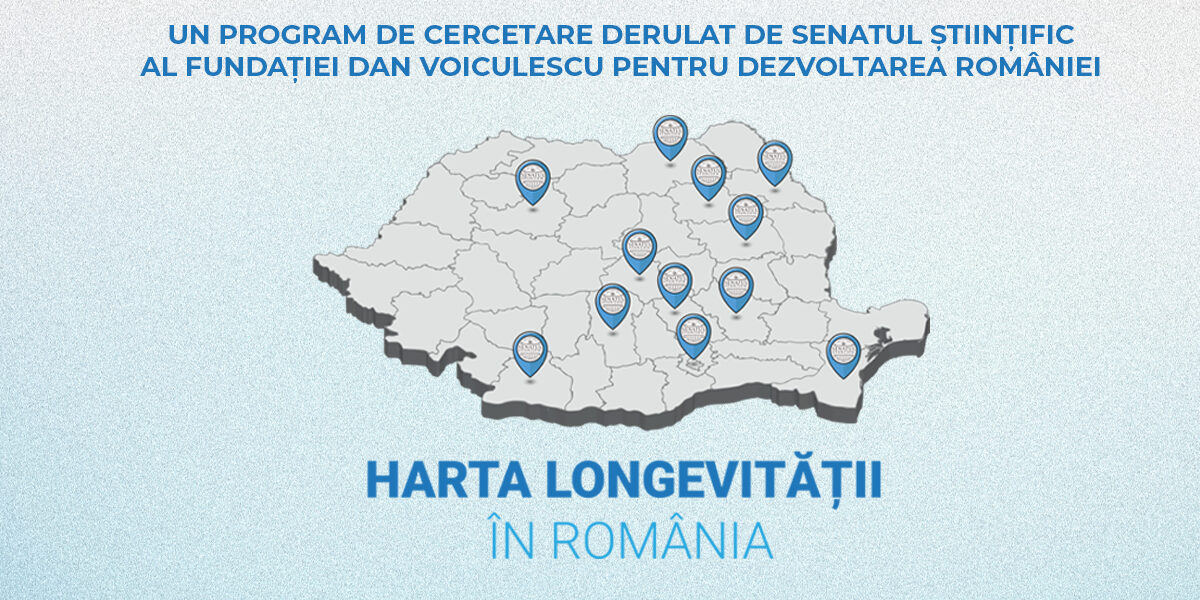The Scientific Senate of the Dan Voiculescu Foundation for the Development of Romania has published the initial quantitative findings of the "The Longevity Map in Romania" project, which aims to map and analyse the geographical areas in the country where people live longer and healthier lives. This revealed details regarding the distribution of the elderly population within the country. The study indicates that there are 370,309 individuals aged 85 and above residing in Romania, constituting 1.94% of the total population. Of this total, 255,394 are women and 114,915 are men. This distribution indicates a significant predominance of women among the elderly, with 140,479 more. In Romania, 0.92% of the population is over 90 years of age, representing 106,838 people, which underlines a remarkable longevity. With a life expectancy of 77.8 years, Romania ranks 33rd in Europe and 95th in the world.
The city of Bucharest has the highest concentration of individuals aged 85 and above, representing 9.64% of the capital's population. This is followed by Prahova County, which has 15,944 individuals in this age group, and Iași County, which has 13,585.
The study reveals notable discrepancies between genders and geographical locations, with discernible patterns indicating a proclivity for rural areas among males.
For men, longevity is more prevalent in rural environments, with the majority of male seniors residing in such areas. Teleorman county has the highest concentration of rural male seniors, with 82% of its population residing in rural areas and 18% in urban areas. Conversely, Constanța county has the highest concentration of urban male seniors, with 74.6% residing in urban areas and 25.4% in rural areas.
In the case of women aged 85 and over, a rural environment is also associated with a higher life expectancy. However, the differences between urban and rural areas are less pronounced than those observed among men. The highest number of rural women aged 85 and over is observed in Teleorman County, where 80% of the population resides in rural areas and 20% in urban areas. In contrast, the urban environment is predominant in Constanța County, which is similar to the situation observed for men: 73.5% urban and 26.5% rural.
A comparative analysis indicates that individuals residing in rural areas tend to exhibit a longevity advantage, particularly in the case of males. These observed differences can be attributed to a number of factors, including lifestyle, dietary habits and access to a less polluted environment.
The data is the subject of a research project conducted by the Scientific Senate of the Dan Voiculescu Foundation for the Development of Romania. The project's objective is twofold: firstly, to analyse the distribution of the elderly population; secondly, to examine the genetic profile of the inhabitants in order to ascertain the factors that contribute to longevity.
The research project, entitled "The Longevity Map in Romania", was conducted by the Scientific Senate of the Dan Voiculescu Foundation. It provides an in-depth analysis of the distribution and factors influencing longevity in our country. This information is essential for the development of strategies aimed at supporting healthy and active ageing, thus contributing to an improvement in the quality of life for all Romanians.

